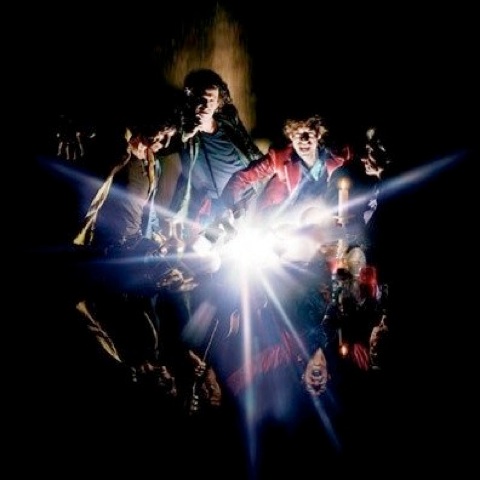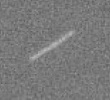


Awards
2005 An ‘Arthur’ - winner of the first space communication Oscar for outstanding and inspirational space reporting.
2003. Netmedia - winner best story in any category broken on the web.
2002-3 Winner - European Internet Journalist of the Year.
2002. Netmedia - winner best science reporting on the web.
2002. Netmedia - finalist best story in any category broken on the web.
2001. Netmedia - winner best story in any category broken on the web.
2001. Netmedia - finalist best reporting on web.
2000. Netmedia - finalist (placed 2nd and 3rd) in best science reporting on the web.
1999. Netmedia - winner best science reporting on the web.
1999. Glaxo award - winner best science article in a national newspaper.
1996. British Telecom - finalist Technology Journalist of the Year.
1996. Glaxo award - finalist best science report on TV News.
1996. Glaxo award - finalist best article in a national newspaper.
1994. Glaxo award - finalist best science reporting on TV.
1992. Glaxo award - finalist best science documentary on radio.
Asteroid Whitehouse (was 1987 DW5)
Asteroid Whitehouse was named after me in 2006. It orbits the sun between Mars and Jupiter taking 4.6 years to circle the Sun. It's about 10 km wide and has no chance of coming close to the Earth.
The Rolling Stones: A Bigger Bang
"The Sun: A Biography" is the only science book to be featured on the cover of a Rolling Stones album, though you have to look hard to see it. It’s on the cover of their most recent work “A Bigger Bang.” It’s on the darkened table, next to Mick Jagger’s left hand
The Moon Maiden by Lucy Whitehouse
Astronomy Picture of the Day 19 June 2003
Along the north-western reaches of the lunar near side, the Sinus Iridium or Bay of Rainbows appropriately lies at the edge of the Moon's smooth, dark Sea of Rains (Mare Imbrium). In this sketch of the lunar surface around the Bay of Rainbows, the sun shines from the left, illuminating the arcing wall of the lava-floored bay.
The bay's Cape Heraclides, seen here at the top of the sunlit arc, has been historically depicted as a moon maiden whose hair streams behind her as she gazes sunward across the bay. In the original Moon race - the race to map the Moon - this moon maiden first appeared in telescope-based drawings of the lunar surface by astronomer Giovanni Cassini in 1679. Still gazing across the lunar bay, the moon maiden inspired this drawing by modern day astronomer, Lucy Whitehouse. Done when she was 14, her sketch of the intriguing feature was made from the countryside in northern England, aided by a telescope equipped with a digital imaging eyepiece and a small television screen.

